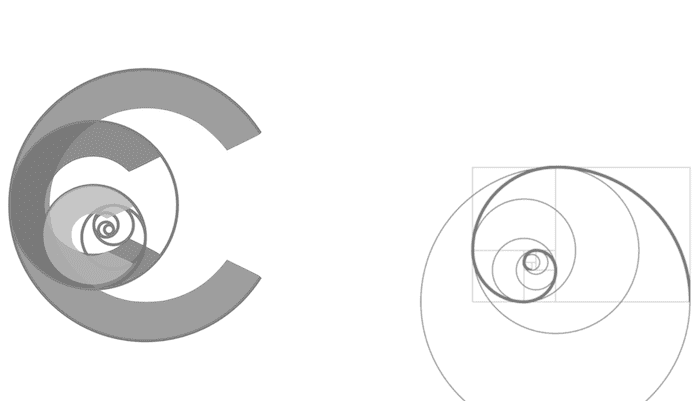Contrast Induced Nephropathy
OVERVIEW
- Contrast-induced nephropathy (CIN) is most commonly defined as renal impairment or acute kidney injury occurring within 48 hr of administration of intravascular radiographic contrast material that is not attributable to other causes
- Iodinated radiocontrast medium is an IV agent administered to increase CT scan interpretation quality and in procedures such as angiography
- CIN is considered the 3rd most common cause of hospital-aquired renal dysfunction
- There are emerging concerns that the importance of CIN has been greatly overstated (see Intravenous Contrast Material Induced Nephropathy – Causal or Coincident Phenomenon)
PATHOGENESIS
- exact underlying mechanisms of nephrotoxicity are unclear but likely involve the interplay of several pathogenic factors — direct toxicity of reactive oxygen species (ROS) — contrast-induced diuresis — increased urinary viscosity — increased oxygen consumption — imbalance of vasoconstriction vs vasodilation
RISK FACTORS
Top 3:
- pre-existing renal disease (especially Cr >120)
- diabetes mellitus
- age >75yrs
Others
- CHF
- hypertension
- hypovolemia
- nephrotoxins (NSAIDs, cyclosporin, aminoglycosides, amphotericin)
- high dose contrast, intra-arterial worse than IV
- cirrhosis
- nephrotic syndrome
- multiple myeloma
- PVD
- high uric acid and hypercholesterolemia
CLINICAL FEATURES
- most commonly nonoliguric and asymptomatic transient decline in renal function
- serum creatinine level begins to rise within 24 hr of contrast administration, usually peaks within 3–5 days, and returns to baseline within 10–14 days
- some go onto to require RRT
INVESTIGATIONS
- monitor renal function (eGFR is best, calculated from Cr) – cystatin C and other biomarkers not yet validated or widely used
- look for complications of renal failure (e.g. hyperK, metabolic acidosis)
- rule out other causes
STRATEGIES USED TO PREVENT CONTRAST INDUCED NEPHROPATHY
General strategies
- avoid contrast in at risk patients
- look at options for imaging alternatives (USS, MRI without gadolinium, non-contrast CT)
- use low osmolality or non-ionic contrast media
- use lowest dose possible to complete procedure
- avoid repetitive dosing within one study
- cease nephrotoxins early
Intravenous volume expansion
- give prehydration
- e.g. IV normal saline 1mL/kg/hr for 12-24 hours prior to contrast (time not well defined; emerging evidence linking chloride to renal impairment)
N-acetyl cysteine
- 60mg PO q12 hourly – 4 doses prior to contrast
- controversial -> may decrease creatinine from skeletal muscle as opposed to effecting renal function directly -> multiple meta-analyses and flawed studies
IV NaHCO3
- ? alkalinisation of renal tubular fluid -> reduces levels of pH dependent free radicals
- 154mEq HCO3 @ 3mL/kg over 1 hour prior to contrast -> 1mL/kg/hr for 6 hours post contrast
- one study terminated early showing benefit (this is dubious as signifiance was only P = 0.02 and such trials are not usually stopped so early)
Other approaches
- Diuretics – similar or increased rates of nephropathy
- Vasodilators (dopamine, fenoldopam, ANP, Ca2+ blockers, PGE2, endothelin antagonists) – not beneficial
- Captopril – small trial showed benefit but confirmation needed
- Ascorbic acid – one trial showed benefit, but control group had worse renal function
- Theophylline and aminophylline – not conclusive
- RRT – contrast media is removed by dialysis, but no evidence it works prophylactically and is invasive and labour intensive (ref).
- Atorvastatin — 80mg dose 24 hour prior to angiography prevented contrast-induced acute kidney injury in patients with mild to medium risk (ref). NB. All patients also received a high dose of NAC and NaHCO3
References and Links
Journal articles
- Gleeson TG, Bulugahapitiya S. Contrast-induced nephropathy. AJR Am J Roentgenol. 2004 Dec;183(6):1673-89. Review. PubMed PMID: 15547209. [Free Full Text]
- Joslin J, Ostermann M. Care of the critically ill emergency department patient with acute kidney injury. Emerg Med Int. 2012;2012:760623. doi: 10.1155/2012/760623. Epub 2011 Nov 24. PubMed PMID: 22145079; PubMed Central PMCID: PMC3226299.
- Laville M, Juillard L. Contrast-induced acute kidney injury: how should at-risk patients be identified and managed? J Nephrol. 2010 Jul-Aug;23(4):387-98. Review. PubMed PMID: 20349411. [Free Full Text]
- Solomon R, Dauerman HL. Contrast-induced acute kidney injury. Circulation. 2010 Dec 7;122(23):2451-5. doi: 10.1161/CIRCULATIONAHA.110.953851. Review. PubMed PMID: 21135373. [Free Full Text]
- Stratta P, Bozzola C, Quaglia M. Pitfall in nephrology: contrast nephropathy has to be differentiated from renal damage due to atheroembolic disease. J Nephrol. 2012 May-Jun;25(3):282-9. doi: 10.5301/jn.5000093. Review. PubMed PMID: 22419233. [Free Full Text]
- Weisbord SD, Palevsky PM. Contrast-induced acute kidney injury: short- and long-term implications. Semin Nephrol. 2011 May;31(3):300-9. doi:
- 10.1016/j.semnephrol.2011.05.009. Review. PubMed PMID: 21784279; PubMed Central PMCID: 21784279.
FOAM and web resources
- PulmCrit — Do CT scans cause contrast nephropathy? (2015)

Critical Care
Compendium
Chris is an Intensivist and ECMO specialist at The Alfred ICU, where he is Deputy Director (Education). He is a Clinical Adjunct Associate Professor at Monash University, the Lead for the Clinician Educator Incubator programme, and a CICM First Part Examiner.
He is an internationally recognised Clinician Educator with a passion for helping clinicians learn and for improving the clinical performance of individuals and collectives. He was one of the founders of the FOAM movement (Free Open-Access Medical education) has been recognised for his contributions to education with awards from ANZICS, ANZAHPE, and ACEM.
His one great achievement is being the father of three amazing children.
On Bluesky, he is @precordialthump.bsky.social and on the site that Elon has screwed up, he is @precordialthump.
| INTENSIVE | RAGE | Resuscitology | SMACC

